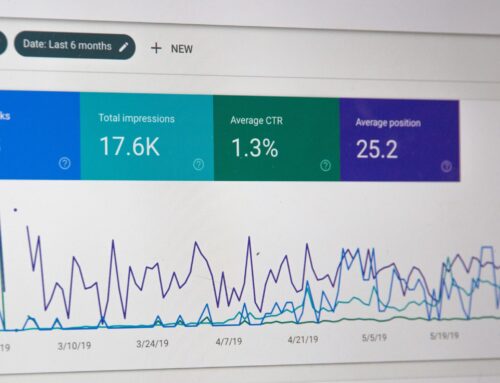
So now you might be looking to step into online learning. It’s important to know how to make it effective. There are plenty of rewards to gain from eLearning, but they can’t be fully felt if your program isn’t made the right way.
Financial rewards and how to design a good program
One of the biggest pros of eLearning is that it can boost your bottom line. As mentioned in part 1, 42% of companies saw increased revenue after implementing eLearning. Initially, this can come from lower training costs. Traditional training often involves sending your workers to a different location or, at the very least, getting experts to come to you. Both scenarios require you to shell out a lot of money and can even force you to train your employees less often as a result. While designing a good eLearning program will take hard work, it allows for regular and cheaper training.
Additionally, eLearning can boost profits because it gives you better trained employees. There are no substitutes for skill or knowledge, so it’s likely that gains are being missed out on because your team has some knowledge gaps. We said previously that eLearning can help learners retain 25-60% more information than traditional learning. Let’s examine why exactly that is.
If one or more members of your team has knowledge gaps that are keeping them from excelling in their roles, what would be the best solution? You could either make them wait for a few months until the next training seminar, tell them to search the web for generic solutions, or provide them with quick access to the resources they need for your specific goals. And we know which option workers prefer, as 57% of them expect their learning to be just-in-time.
 Just-in-time learning is best provided by microlearning – one of the biggest trends in the eLearning industry. Microlearning works by giving learners chunks of information at a time, keeping it easily digestible and always relevant. One of the main reasons why this type of learning is so useful is because learners know why this information matters and can immediately put it to use.
Just-in-time learning is best provided by microlearning – one of the biggest trends in the eLearning industry. Microlearning works by giving learners chunks of information at a time, keeping it easily digestible and always relevant. One of the main reasons why this type of learning is so useful is because learners know why this information matters and can immediately put it to use.
If you want to make the most out of microlearning for your own course, then be sure to include other Performance Support Tools (PSTs) into your training materials. These are learning items such as infographics and checklists that give your workers even more instant support. The aim of all this is to supply your learners with the info they need whenever and wherever they need it. This matters so much because we’re always trying to beat the forgetting curve. The forgetting curve lays out how quickly the human brain can lose new information, with the biggest losses happening in the first few days after learning the material.
This is why having frequent training makes such a big difference. If your employees are getting their training from more traditional methods, they likely can’t use any information until they’ve already lost most of it. But by making smart use of your eLearning and other PSTs, you can let them immediately apply any info they’ve soaked up. Putting these things into practice is a surefire way to get better-trained workers in the long run.
Takeaway
As we all go through these crazy times, it’s hard to find real solutions for a lot of our problems. But if you’re struggling to find a good replacement for your training methods, then your options are plenty. The idea of moving your training remote can seem scary, but just knowing a few key things makes all the difference. If you keep in mind how your employees want to learn and how to make that happen, then you’re on your way to not only improving on your traditional training but your bottom line as well.




